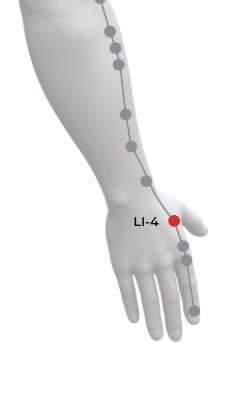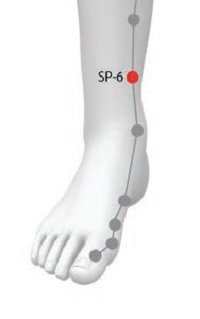Every woman and her menstrual cycles are different. For some, menstruation is quick and easy, but for many others, it can be difficult and painful. Premenstrual syndrome is a common occurrence for many women. The premenstrual phase occurs one to two weeks prior to actual menstruation and it can be quite debilitating. Symptoms of premenstrual syndrome include emotional instability (irritation, anger, depression, etc.), abdominal bloating, breast tenderness and swelling, constipation or diarrhea, headaches, low back pain and even fatigue.
While the exact cause of PMS is not known, it is believed to be due to fluctuating hormone levels that happen prior to menstruation each month. Conventional medicine tends to focus on treating the symptoms of PMS using pharmaceuticals or over-the-counter medications. But for those who are looking for natural alternatives, there is a better choice; Traditional Chinese Medicine (TCM). TCM provides many ways of combating PMS. Here are just a few examples of how this ancient medical system can help.
Acupuncture for PMS
According to TCM theory, PMS occurs when the normal flow of energy and blood are interrupted. The liver system is responsible for the smooth movement of blood and energy throughout the body. This means that the endocrine system, which controls our hormones, is dependent upon the flow of energy and blood. When the blood and energy become blocked because we are not taking care of ourselves as we should, then pain and dysfunction can occur.
Acupuncture has been shown to improve circulation, thus allowing blood and energy to flow more freely. It also balances hormones in the body, while providing relaxation that many women need. When all these components are working in harmony, the chances of PMS symptoms occurring will decrease.
Acupuncture Points for PMS
Spleen 6 – This point is located bilaterally on the inside of the lower leg. It is found 3 thumb-breadths above the medial ankle bone and just behind the tibia. Spleen 6 is frequently used by acupuncturists. It helps with abdominal pain and bloating, diarrhea, menstrual problems, edema, dizziness and insomnia.
Ren 6 – This point is located on the midline of the abdomen, about 1 ½ thumb-breadths directly below the belly button. Ren 6 can be used to help with abdominal pain, edema, diarrhea, constipation and menstrual problems.
Large Intestine 4 – Located bilaterally on the back of the hand. When the thumb and forefinger are brought together, this point can be found directly in the middle of the fleshy mound that is created. It is helpful with lower abdominal pain and constipation. LI4 also helps to calm the uterine muscles and lessen headaches sometimes associated with PMS.
Chinese Herbs and Herbal Formulas for PMS
Individual herbs and combinations of herbs, known as formulas are used frequently in TCM. Dang Gui is an herb that is commonly used to help treat PMS. Dang Gui is especially good at promoting the healthy flow of blood throughout the body. It also helps improve the secretion of hormones allowing for proper balancing during the monthly cycle.
There is a particular herbal formula that is used frequently in TCM to help with PMS. This formula is known as Xiao Yao San. This formula focuses on creating harmonious flow of blood and energy throughout the body.
Nutrition for PMS
Proper nutrition is vital for everyone, but when the hormones are imbalanced and working overtime, it is even more important for the woman suffering from the symptoms. When we experience pain, we tend to reach for comfort foods that are rich and full of sugar or starch. But for PMS, these can actually be more aggravating. Plants are recommended during the cycle. High fiber foods like beans, pears and avocados help combat digestive issues that are common with PMS. Foods high in calcium, like kale and broccoli, are also a good choice for reducing cramps.




